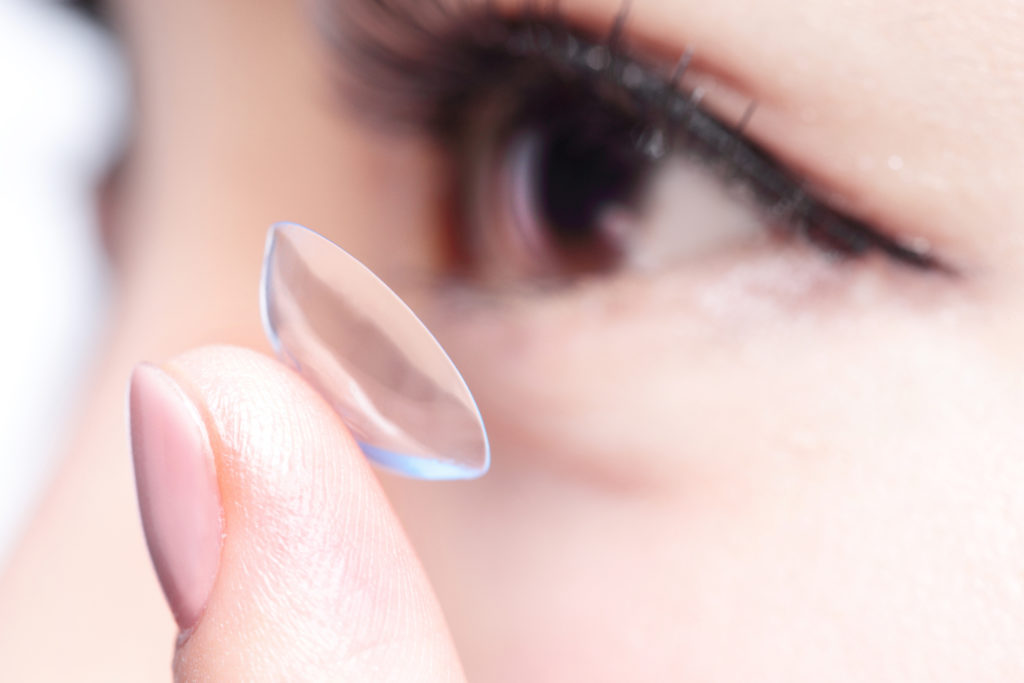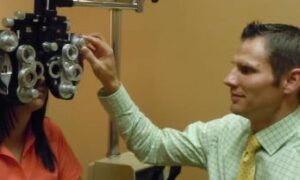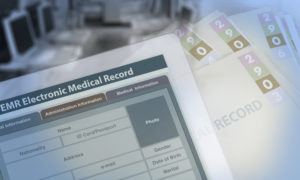By Roger Mummert
ROB Content Director

August 7, 2019
My 12-year-old niece recently announced at a family gathering that she had stopped eating fish. She was taking a stand.
And not just a stand against stinky good-for-you food that her parents made her eat; it was to save the planet.
“We’re putting too much plastic into the oceans, and it’s getting into our food supply, Eeccch!” she said. She later announced her intention to become an environmental activist.
Good for her!
This brought to mind an issue brewing for contact lenses, namely manufacturing them and disposing of them in responsible ways that are neutral to the environment.
This issue is called sustainability. And it’s becoming huge.
Two factors make it that way.
First, as more and more consumers switch to daily disposables, the lenses and associated packaging add up exponentially. Second, a recent study by Charles Rolsky, a biology doctoral student at Center for Environmental Health Engineering at Arizona State, shows that 15-20 percent of consumers flush their used contacts down the toilet or sink–and that’s a major no-no, adding up to an estimated 2.9 billion contact lenses every year. This contributes to the colossal mass of microplastics in oceans. See the following article in Live Science on what happens when you flush contact lenses down the toilet: being heavier than water, they tend to sink and get ingested by bottom-feeding fish. Humans, in turn, eat the fish that….
My niece is right: “Eeccch!”
Other Articles to Explore
There’s another reason why sustainability is huge for optical. Consumers are beginning to request sustainability before they purchase goods. If Millennials favor companies that contribute eyeglasses with every purchase, look to the next group, Gen Zers, to demand sustainability in their purchases.
Witness an online post in Treehugger that asks which is more sustainable: eyeglasses or contact lenses. The issue is already in social media discussions.
And for good reason. Our overuse of non-degradable plastic is an existential threat to human, animal and plant life on our precious planet, and contact lens manufacturing is plastic-intensive. A number of manufacturers are pro-active on this issue, and ODs and staff should be prepared for patients asking: “Are the contact lenses you recommend manufactured in an environmentally sustainable manner?”
It is critical to be in a position to answer that question directly: “Yes, they are, and let me tell you about how they are made in a sustainable way!” This reflects positively on the value you offer in your goods and services. You might add a differentiation point: “But with low-cost, unbranded contacts sold online, there’s no telling.”
These consumer concerns are going viral, and responsible companies are being proactive about them. Amazon has streamlined its packaging and is calling on all its suppliers to do likewise. Hotel chains are eliminating the mini-bottles of shampoo in favor of bulk dispensers. Coca Cola is looking at vessel-free dispensing. State-by-state, plastics and Styrofoam are being outlawed; county-by-county, stores are required to charge 5-10 cent fees for plastic shopping bags. Coffee lovers want fair-trade coffee beans. Soccer moms want to buy sneakers that are not made by 10-year-olds in developing nations.
Those are the concerns of the new consumer, but that consumer also needs to change their behavior. ODs can play a big role in that.
Sustainability Conference
Sustainability was the focus of “Brighter Day. Brighter Planet,” a recent industry symposium sponsored by CooperVision, which is committed to sustainability. It brought optical industry journalists and key ODs in contact lens practice together to see state-of-the-art sustainability in contact-lens manufacturing at the CooperVision plant in Costa Rica, a beautiful tropical country that has transformed itself to 98 percent renewable energy sources.
The company manufacturers clariti 1-day lenses there and is doubling capacity. The facility is a sparkling clean, efficient, and–importantly–highly sustainable facility. Nearly every speck of plastic involved in manufacturing there is recycled into the process, where possible, and into byproducts like traffic cones and park benches where it cannot be reused in a medical-device process. Further, employees are encouraged to be eco-conscious in all aspects of their work and lives. Even the copious rainwater is utilized in the plant’s toilet system.
Like my niece, I jumped on the environmental band wagon early, learning about our heavy human footprint on nature while in Boys Scouts and hearing about our responsibility as global citizens at the first Earth Day a half-century ago. I’ve recycled pretty much every scrap of paper and plastic or glass bottle ever since. But today, I’ve got to do much more.
In fact, we all have to do much more. With contact lens wear, ODs need to strongly promote proper disposable of contact lenses and packaging into recycling programs, not into our water and landfills. One bright spot in this quest is the Bausch + Lomb “One by One Recycling Program.” They work in collaboration with TerraCycle to recycle blister packs, top foil and contact lenses. ECPs can place the B+L recycling containers in their office, and the program recycles packaging and used lenses from all manufacturers.
Each day, we are rocked by startling revelations like the massive ice melts in Greenland, but I am heartened at the positive actions I saw at CooperVision’s “Brighter Day, Brighter Planet,” where sustainability is baked into an efficient and profitable manufacturing process. We all have to step up our sustainability game. And its good to see contact-lens manufacturers taking a leadership position with this perilous threat. Time is of the essence.
The following is a partial list of leadership programs in sustainability among contact-lens manufacturers.
Contact Lens Manufacturers and Sustainability
Alcon
Alcon has a number of sustainability initiatives to reduce waste, energy use and packaging.
Bausch + Lomb
The “One by One Recycling Program” recycles all brands of contact lenses and packaging.
CooperVision
The CooperVision manufacturing plant in Alajuela, Costa Rica, is certified a LEED Silver Certificate facility for environmental consciousness and design.
Johnson & Johnson Vision
Johnson & Johnson Vision Care, as well as the Johnson & Johnson parent company, have ongoing initiatives in sustainable manufacturing and global responsibility.
 Roger Mummert is ROB Content Director. Contact: rmummert@jobson.com.
Roger Mummert is ROB Content Director. Contact: rmummert@jobson.com.



























